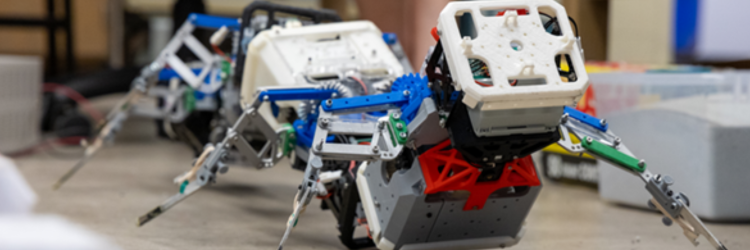Centipedes Inspire Robot Design
Centipedes have no problems negotiating rugged terrain. They do so by wiggling body parts and limbs. When the wiggling stops, so do they.
Researchers at the Georgia Institute of Technology are using centipede movement to develop a multilegged locomotion theory and create many-legged robotic models. They discovered that the robot with redundant legs could move across uneven surfaces without additional sensing or control technology, making them ideal for agriculture, space exploration, and even search and rescue.
The researchers presented their work in the papers “Multilegged Matter Transport: A Framework for Locomotion on Noisy Landscapes” in Science in May and “Self-Propulsion via Slipping: Frictional Swimming in Multilegged Locomotors,” in Proceedings of the National Academy of Sciences in March.
The research team theory proposes that adding leg pairs to the robot increases its ability to move robustly over challenging surfaces, called providing spatial redundancy. This redundancy makes the robot’s legs successful on their own without needing sensors to interpret the environment. If one leg falters, there are more to keep it moving.
The researchers are refining the robot. They know why the centipede robot framework is functional but are now investigating the optimal number of legs to achieve motion without sensing in a cost-effective but beneficial way.

